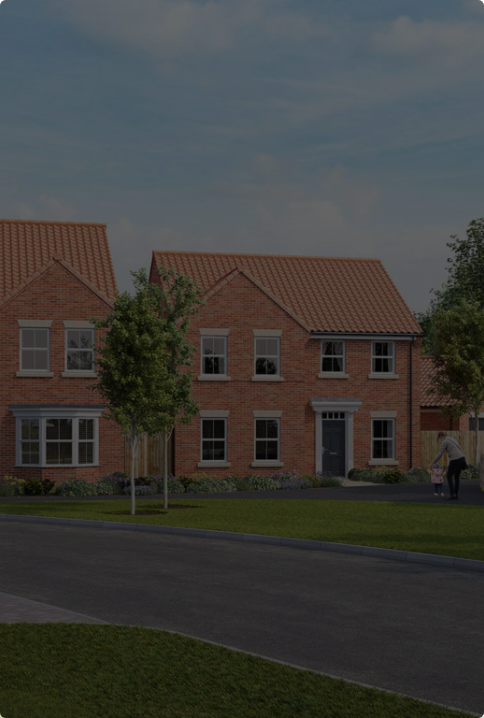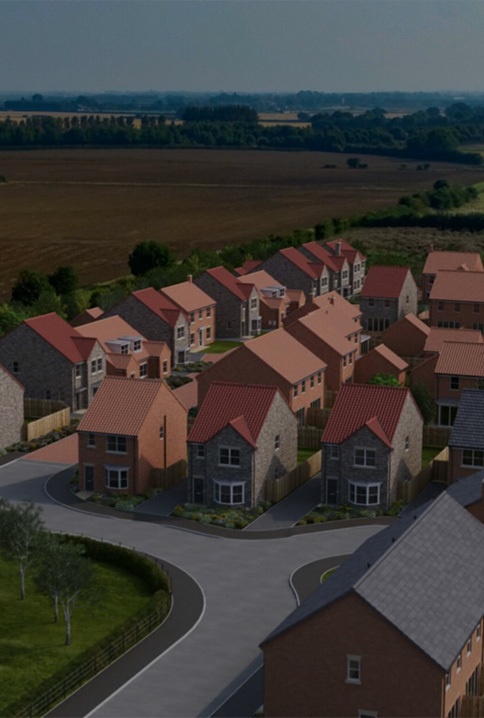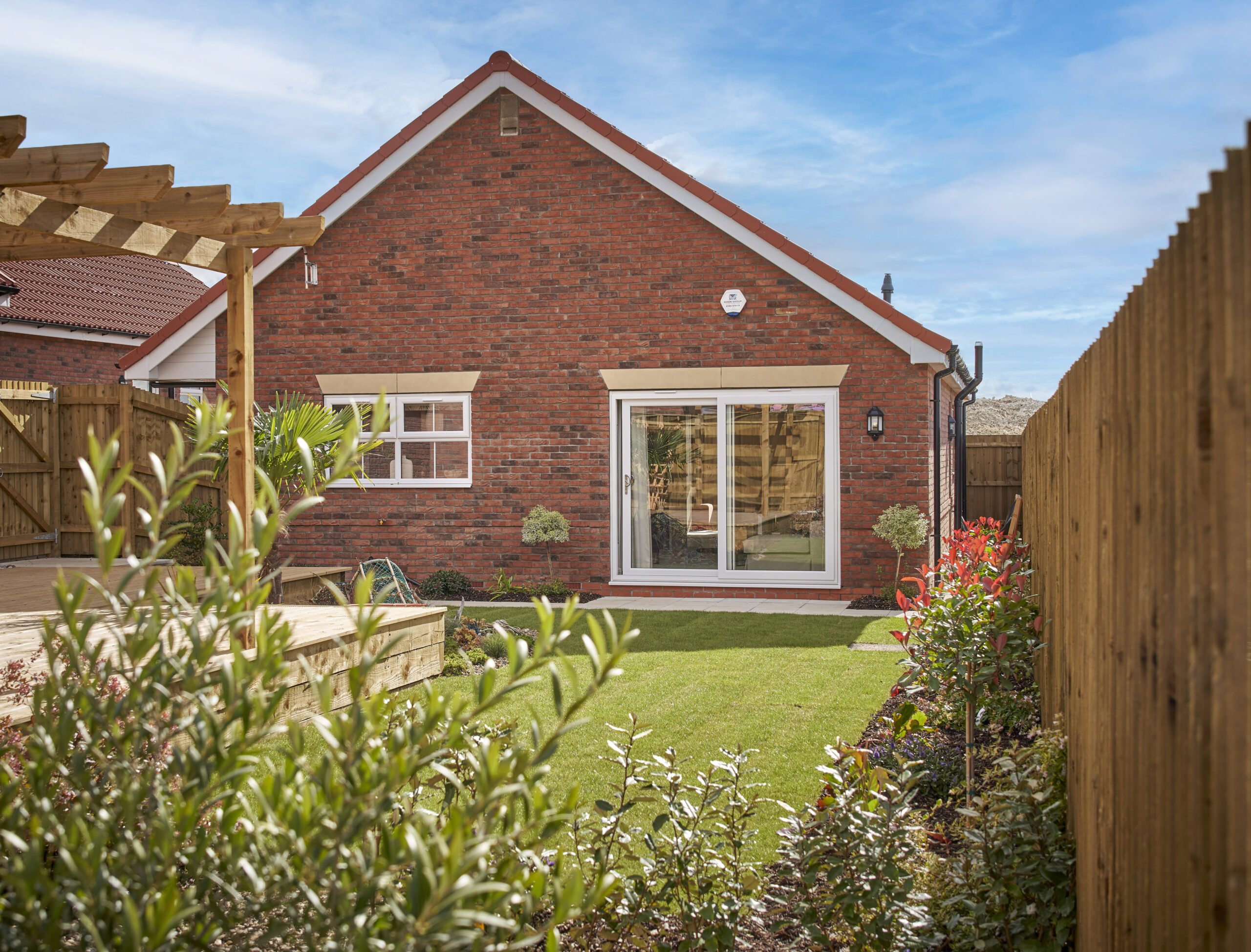In today’s climate-conscious world, we’re all keen to do our bit to reduce our carbon footprint.
Achieving the ideal of living a low-carbon home life can take a bit of planning and consideration, but the benefits are countless.
If you’re thinking about how to reduce your carbon footprint at home, let’s look at some achievable ways that will have an instant impact.
What is low carbon living?
We all have a carbon footprint. From the food we eat, to the clothes we wear, to the transport we use, every aspect of our lives results in greenhouse gas emissions. In fact, the average UK person emits around 10 tonnes per year. Left unchecked, these emissions will continue to increase unless we make a change.
Low carbon living is about making conscious choices to reduce our emissions. Whether it’s living in energy-efficient homes, eating less meat, shopping second hand or limiting the flights we take, the focus is minimising energy consumption and reducing waste.
It’s not just in the interests of future generations. Adopting these lifestyle changes has real-time benefits too. You could be surprised about how much money you save when you switch to low carbon living. From spending less on clothes to reducing your energy bills, you’ll undoubtedly notice the difference in your finances.
It’s better for our health, too. Something as simple as ditching the car for walking reduces air pollution and contributes to a healthier lifestyle. At home, finding non-toxic alternatives to harsh cleaning products, cookware and paints helps us enjoy cleaner air and better health.
If this all seems a little overwhelming, the good news is that our new-build homes come armed with a raft of energy-efficient initiatives, making living a greener lifestyle that little bit easier.
Energy-efficient home design
One of the many benefits of buying a new house is that they are built to be as energy efficient as possible. Modern, low carbon homes are equipped with high-quality insulation and energy-efficient doors and windows designed to keep heat in and reduce the amount of energy used for heating. They also feature new appliances, so you can be assured that they are as energy efficient as possible.
Electric vehicles are becoming increasingly popular, with many of us recognising the benefits they bring in terms of cleaner air and decreased running costs. Some energy suppliers are now offering EV tariffs offering further savings, so it’s worth shopping around to see if there’s one to suit you. And it’s good to know that Peter Ward Homes offers EV charging points as standard in every home.
Further ways to reduce your carbon footprint at home
Incorporate eco-friendly materials in your interior design
When thinking about how to style your home, look to natural and sustainable materials such as bamboo, cork and reclaimed wool. Not only are they low-impact, but they effortlessly create a stylish and inviting ambiance. Bamboo is a renewable and durable material that can be used in everything from furniture to flooring to home accessories. Timber and reclaimed wood are ideal choices to add warmth and character to your home, whereas wool and jute can provide texture and interest and help balance the look out.
When it’s time for a new colour, opt for eco-friendly water-based paints and wood stains to minimise your environmental impact. As these products are free from harmful chemicals and toxins, they’re better for your health as well as the planet.
Unplug electronics when not in use
Leaving your devices in standby mode instead of switching off at the socket has a surprisingly big impact on energy consumption. Devices like TVs, laptops, chargers and kitchen gadgets continue to draw power even when turned off. This so-called “phantom” energy can add up to 10% of your monthly electricity bill. One easy fix is to plug multiple devices into a power strip. That way, turning off at night is as simple as one switch. Even better, invest in smart power strips that can detect when a device is in standby mode and automatically cut the power to it.
Reduce your water footprint
We all love a long shower, but according to the Energy Saving Trust, cutting it down to four minutes could save a typical household around £60 a year on their heating bill. Aim to stop unused running water: turn the tap off while brushing your teeth and use a bowl for washing up rather than doing it under the tap. Do you run the tap till it gets cold enough to drink? Instead, fill a jug every morning and put it in the fridge to cool. This way, you’ll always have cold water on tap without wasting a drop.
Carbon-proof your garden
Outside, the weather’s getting warmer and gardens will be crying out for a drink. Water butts are an affordable investment and will ensure you can collect and store rainwater for use in your garden during dry spells. You can even use “grey water” – that’s water from the washing machine, baths or the kitchen sink – for your plants as long as it doesn’t have any bleach, disinfectant or strong cleaning products in it. Make sure to alternate it with fresh water.
Xeriscaping, the act of designing your garden so that it is less reliant on irrigation, can take a bit of thought but it’s something you can incorporate bit by bit. Not only will it lower your garden’s environmental impact, it will also become cheaper and easier to take care of. A simple thing to do is add compost, wood chippings or other mulch to your soil. This will help it retain moisture throughout the year. Think about reducing the size of your lawn (which uses up a lot of water, fertiliser and fuel) in favour of rock gardens or flower beds. A diverse and verdant green space can absorb lots of carbon, so incorporate as many different varieties of hardy plants, flowers and trees in your garden as possible. Shrubs, bamboo, maple and peonies are great examples.
We hope we’ve given you inspiration on how to reduce carbon footprint at home. If you’re ready for a fresh start, take a look at our collection of beautiful energy-efficient homes that are ready to move in now.




